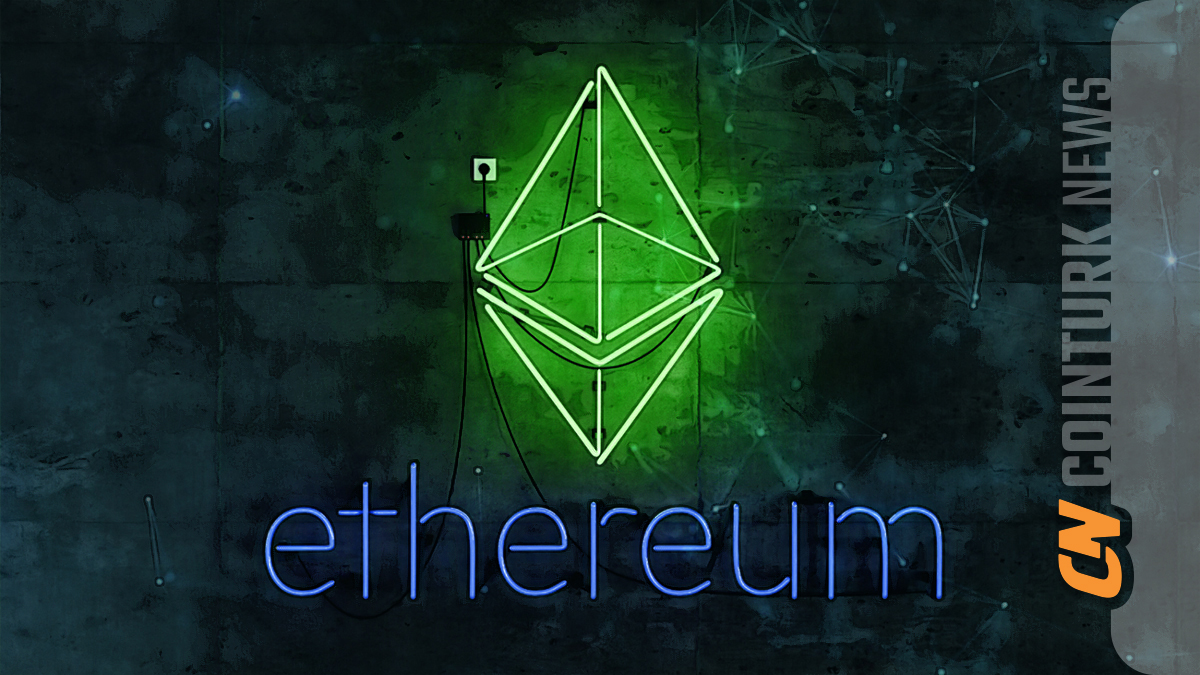Crypto firm Circle gets license to issue stablecoin in EU under MiCA regulations
Circle, the company behind USD Coin (USDC), has achieved a significant milestone by becoming the first global stablecoin issuer to comply with the European Union’s Markets in Crypto-Assets (MiCA) regulatory framework.
On Monday, the company announced it has been granted an electronic money institution (EMI) license by France’s banking regulator, the Autorité de Contrôle Prudentiel et de Résolution (ACPR).
This license enables Circle to issue its USDC and Euro Coin (EURC) tokens in compliance with MiCA’s stringent stablecoin regulatory obligations, making Circle the first firm to reach this level of compliance under the EU’s new crypto laws.
Circle can now offer services across EU
With this EMI license, Circle can now extend its services, including the minting and redeeming of stablecoins through Circle Mint, to customers across the EU. MiCA’s regulations allow crypto businesses to offer their services in one EU country and “passport” them to other markets within the bloc, facilitating Circle’s operations beyond France.
The company sees this as a significant step towards integrating digital currencies into mainstream financial systems. Jeremy Allaire, co-founder and CEO of Circle, stated that MiCA compliance was crucial for promoting the widespread acceptance of digital currencies.
Circle, launched in September 2018 by Circle and crypto exchange Coinbase, is the second-largest stablecoin globally, with $32.4 billion (£25.7 billion) worth of tokens in circulation, according to CoinGecko. It is second only to Tether’s USDT, which has $112.7 billion (£89.4 billion) in circulation.
How does MiCA affect crypto?
The EU’s MiCA law, effective May 2023, is the world’s first comprehensive regulatory framework for cryptocurrency companies. The legislation aims to establish robust investor protections and safeguard platforms from manipulation. Although MiCA took effect last year, specific provisions for stablecoins were approved only recently.
These new measures are considered particularly stringent, as they impose restrictions on the volume of trading in certain stablecoins, especially those denominated in US dollars.
Under MiCA, companies must cease issuing non-euro denominated stablecoins used as a “means of exchange” if they exceed 1 million transactions or a value of over €200 million (£172.2 million) per day.
What is the role of stablecoins in the crypto market?
Stablecoins, such as USDC and EURC, are cryptocurrencies pegged to traditional assets like the US dollar or euro. Investors use stablecoins to avoid the volatility associated with other cryptocurrencies like Bitcoin.
Compliance deadlines for crypto companies
While Circle’s compliance with MiCA is significant, other crypto companies have until December 30, 2024, to meet the remaining obligations set out under the regulatory framework.
These obligations for crypto asset service providers must be fully adhered to by July 2026.
Impact on the crypto industry
Circle’s successful registration as an EMI in France could set a precedent for other cryptocurrency firms seeking MiCA compliance.
The regulatory framework aims to bring stability and trust to the crypto market, addressing concerns about the potential risks associated with digital assets.
The post Crypto firm Circle gets license to issue stablecoin in EU under MiCA regulations appeared first on Invezz






